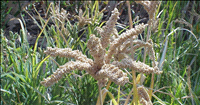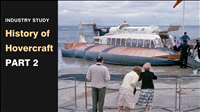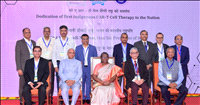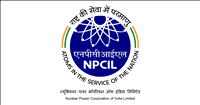Tissue damage is key for cell reprogramming
26 Nov 2016
Cell reprogramming does not happen exactly as we thought. In the pages of the journal Science, a team from the Spanish National Cancer Research Centre (CNIO) has shown that tissue damage is a relevant factor for cells to go back to an embryonic state.
Cell reprogramming earned its discoverer, Shinya Yamanaka, the Nobel Prize and opened the door to regenerative medicine. This technique, based on introducing a combination of four genes known as OSKM (for the initials of the genes, OCT4, SOX2, KLF4 and MYC), reverts adult cells to an embryonic-like state, and transforms them into pluripotent cells.
However, there are several limitations to this process, such as a very low efficiency and the emergence of a particular type of tumour (known as teratoma), which make cell reprogramming incompatible with its potential clinical use.
Manuel Serrano and the Tumour Suppression Group at the CNIO have been working in this field for years. Their innovative approach led them to achieve cell reprogramming within a living organism (in this case, a mouse) in 2013, whereas, until then, reprogramming had been only reported using explanted cells out of the organism.
Understanding reprogramking to improve regeneration
The work now published in Science by Serrano and his team analyses what happens in living tissues when reprogramming is induced using OSKM. What they have seen changes the idea that we had to date about this technique.
"The Yamanaka genes are inefficient inducing reprogramming or pluripotency in the highly specialised cells that constitute adult tissues," explains Lluc Mosteiro, who has carried out most of the experimental work. Her observations indicate that tissue damage plays a critical role by complementing the activity of the OSKM genes.
This relationship between damage and reprogramming is mediated by a proinflammatory molecule, interleukin-6 (IL6). Without its presence, the OSKM genes are far less efficient inducing the reprogramming process.
These findings suggest the following sequence of events: the expression of the OSKM genes results in damage to the cells; accordingly, they secrete IL6; the presence of this molecule induces the reprogramming of some neighbouring cells.
Having identified the essential role of IL6, Serrano, Mosteiro and the rest of the team are now working on various pharmacological approaches to enhance the reprogramming efficiency, which could help to improve the regeneration of damaged tissue even in the absence of the
Yamanaka genes. Improving the repairing capacity of tissues could have obvious implications for regenerative medicine, including the treatment of multiple pathologies and degenerative processes associated with ageing.













.jpg)






.jpg)









